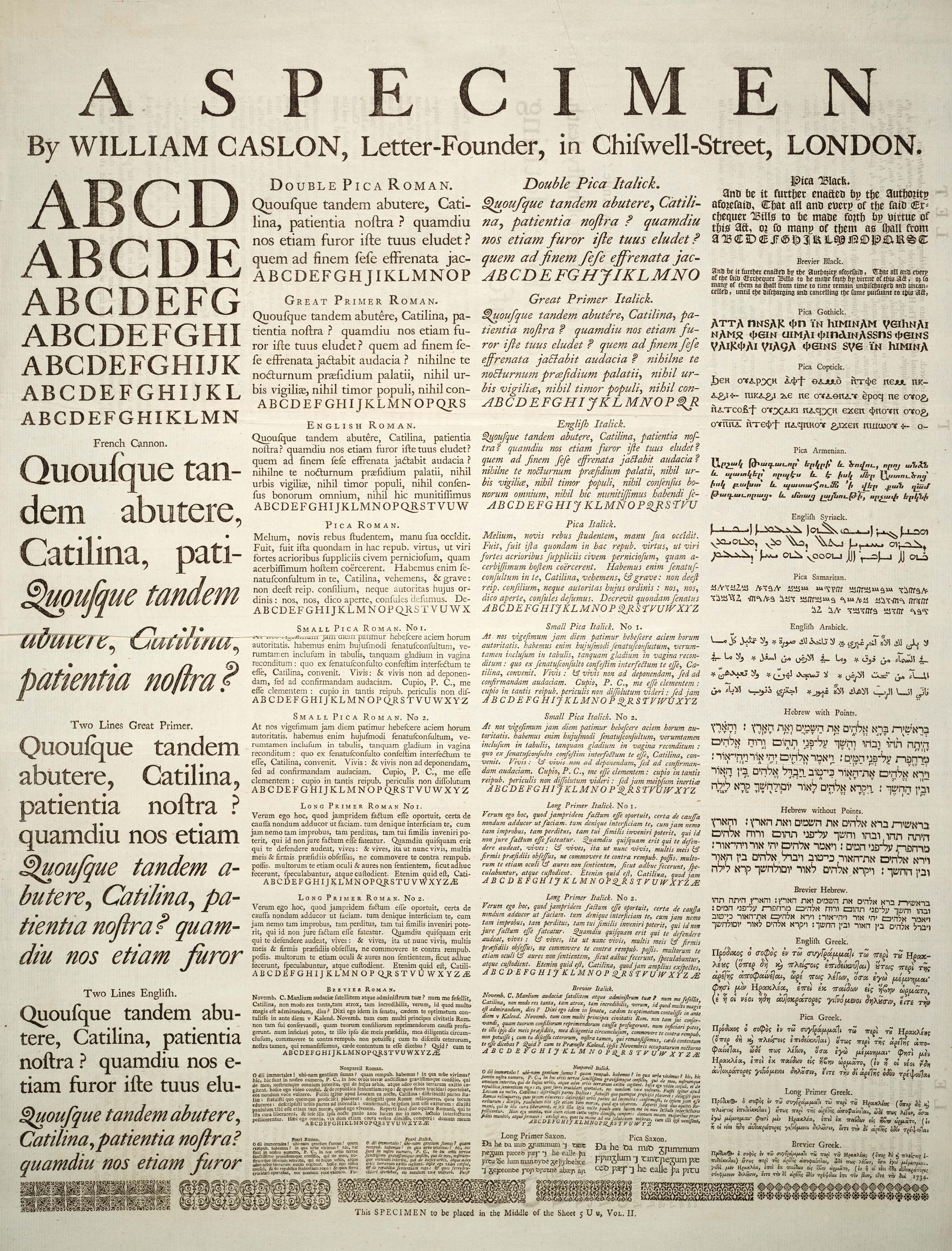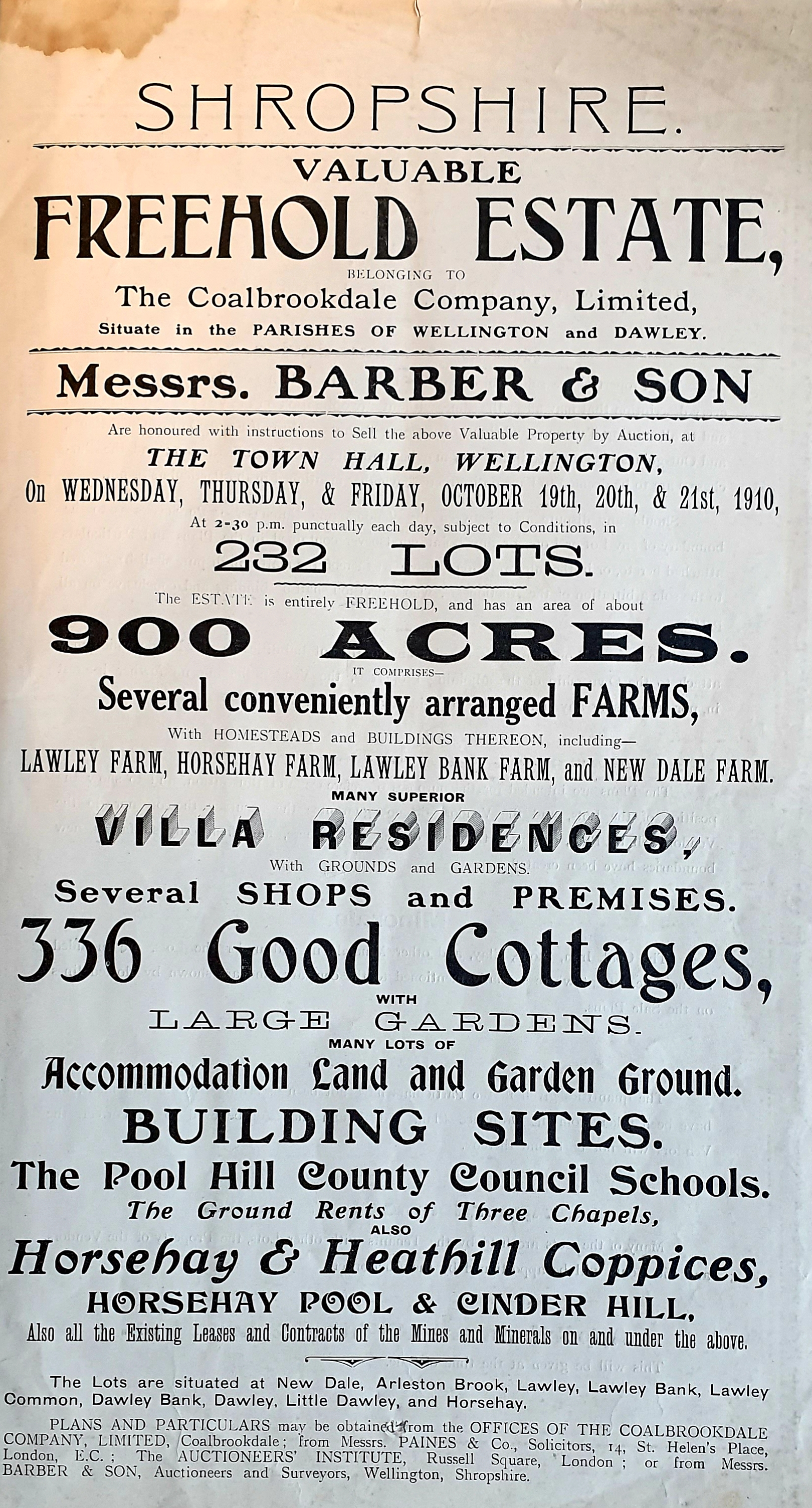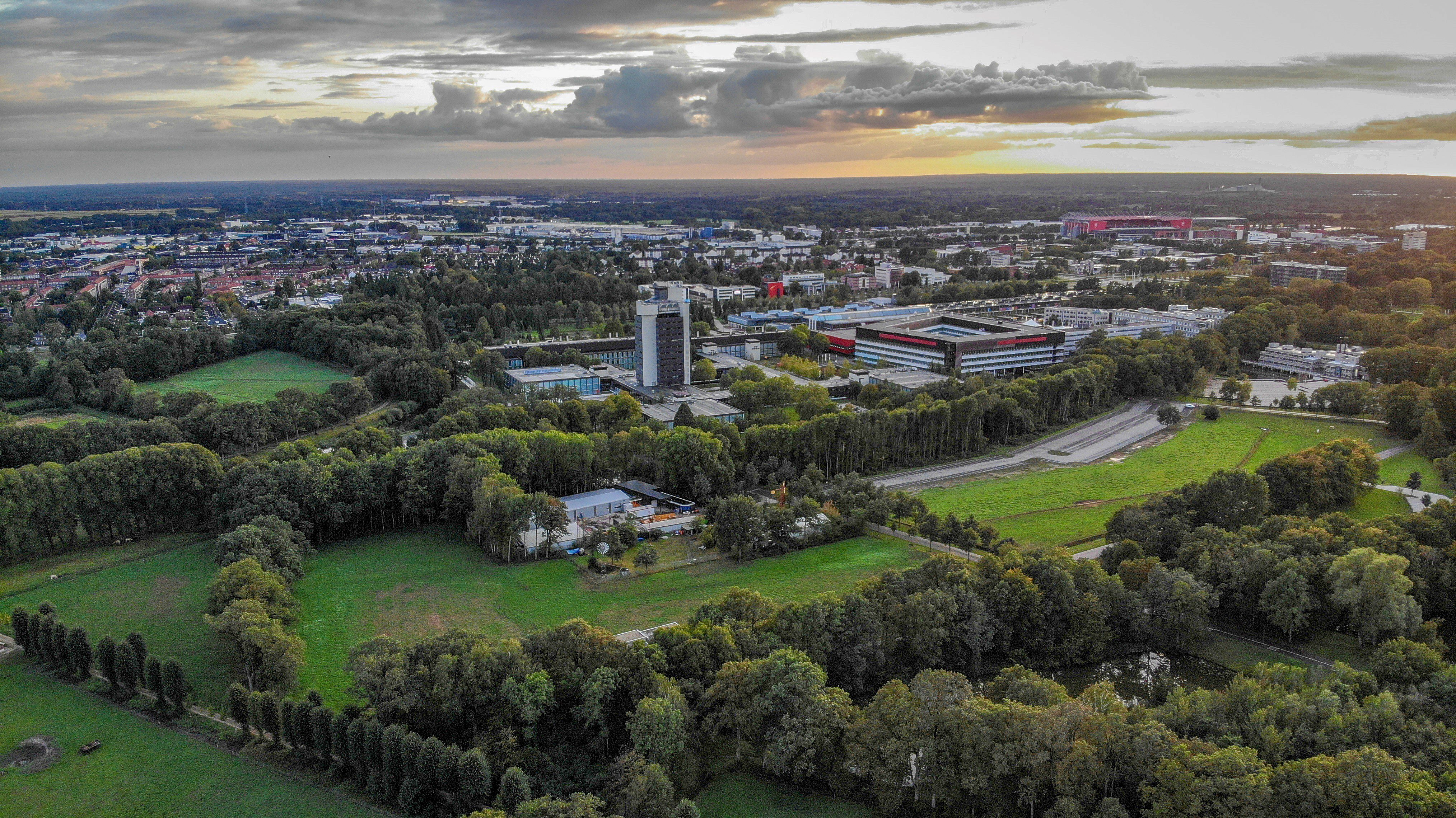|
Dyslexie
Dyslexie is a typeface and font that was designed with the intention of mitigating some of the issues that dyslexics experience when reading. As many of the twenty-six letters of the basic Latin alphabet are visually very similar, the typeface emphasizes the parts of the letter that are different from each other. There is no evidence that the font aids reading, either in those with dyslexia or without. Creation The typeface was designed by Dutch graphic designer Christian Boer in 2008 while he was majoring in graphic design at the University of Twente. He had himself struggled with dyslexia for much of his life. In an interview, Boer stated that he came up with the typeface after a difficult final he was studying for. Its creation was an attempt to keep the characters from appearing to spin around, a symptom often reported in dyslexics. Boer related this to the way most people think in words: dyslexics cannot stop seeing letters differently just as non-dyslexic people cannot st ... [...More Info...] [...Related Items...] OR: [Wikipedia] [Google] [Baidu] |
Dyslexia
Dyslexia (), previously known as word blindness, is a learning disability that affects either reading or writing. Different people are affected to different degrees. Problems may include difficulties in spelling words, reading quickly, writing words, "sounding out" words in the head, pronouncing words when reading aloud and understanding what one reads. Often these difficulties are first noticed at school. The difficulties are involuntary, and people with this disorder have a normal desire to learn. People with dyslexia have higher rates of attention deficit hyperactivity disorder (ADHD), developmental language disorders, and difficulties with numbers. Dyslexia is believed to be caused by the interaction of genetic and environmental factors. Some cases run in families. Dyslexia that develops due to a traumatic brain injury, stroke, or dementia is sometimes called "acquired dyslexia" or alexia. The underlying mechanisms of dyslexia result from differences within the ... [...More Info...] [...Related Items...] OR: [Wikipedia] [Google] [Baidu] |
OpenDyslexic
OpenDyslexic is a free typeface/font designed to mitigate some of the common reading errors caused by dyslexia. The typeface was created by Abbie Gonzalez, who released it through an open-source license. The design is based on DejaVu fonts, DejaVu Sans, also an open-source font. Like many Dyslexia interventions, dyslexia-intervention typefaces, most notably Dyslexie, OpenDyslexic adds to dyslexia research and is a reading aid. It is not a cure for dyslexia. The typeface includes regular, bold, italic, bold-italic, and monospaced font styles. The benefit has been questioned in scientific studies. In 2012, Gonzalez explained their motivation to the BBC: "I had seen similar fonts, but at the time they were completely unaffordable and so impractical as far as costs go." Integration The typeface is an optional choice on many websites and formats, including Wikipedia, Instapaper, Kobo eReader, Amazon Kindle Paperwhite, a few children's books, and at least one imprint of Classic boo ... [...More Info...] [...Related Items...] OR: [Wikipedia] [Google] [Baidu] |
Atkinson Hyperlegible
Atkinson Hyperlegible is a freely available typeface built around a grotesque sans-serif core, intended to be optimally legible for readers who are partially visually impaired, with all characters maximally distinguishable from one another. It was developed by the Braille Institute of America in collaboration with Applied Design Works and is available under the SIL Open Font License. It won ''Fast Company'' Innovation by Design Award for Graphic Design in 2019 and was shortlisted for a graphic design award by ''Dezeen'' in 2020. History The project began as part of a visual rebranding at the Braille Institute, which contracted the studio Applied Design Works to work with a specialist in low-vision conditions from the Braille Institute and a panel of people with such conditions. Most students that the Braille Institute works with are not fully blind and do not use braille, the tactile writing system with which the institute shares its name. Applied Design Works looked for a typ ... [...More Info...] [...Related Items...] OR: [Wikipedia] [Google] [Baidu] |
Dyslexia Interventions
Management of dyslexia depends on a multitude of variables; there is no one specific strategy or set of strategies that will work for all who have dyslexia. Some teaching is geared to specific reading skill areas, such as phonetic decoding; whereas other approaches are more comprehensive in scope, combining techniques to address basic skills along with strategies to improve comprehension and literary appreciation. Many programs are multisensory in design, meaning that instruction includes visual, auditory, and kinesthetic or tactile elements; as it is generally believed that such forms of instruction are more effective for dyslexic learners. Several special education approaches have been developed for students with dyslexia. Adaptive technology, such as specialized computer software, has resulted in recent innovations helpful to many people with dyslexia. One factor that characterises the field of dyslexia remediation is the stream of alternative therapies for developmental and l ... [...More Info...] [...Related Items...] OR: [Wikipedia] [Google] [Baidu] |
Sans-serif
In typography and lettering, a sans-serif, sans serif (), gothic, or simply sans letterform is one that does not have extending features called "serifs" at the end of strokes. Sans-serif typefaces tend to have less stroke width variation than serif typefaces. They are often used to convey simplicity and Modern typography, modernity or minimalism. For the purposes of type classification, sans-serif designs are usually divided into these major groups: , , , , and . Sans-serif typefaces have become the most prevalent for display of text on computer screens. On lower-resolution digital displays, fine details like serifs may disappear or appear too large. The term comes from the French word , meaning "without" and "serif" of uncertain origin, possibly from the Dutch word meaning "line" or pen-stroke. In printed media, they are more commonly used for Display typeface, display use and less for body text. Before the term "sans-serif" became standard in English typography, a number of ... [...More Info...] [...Related Items...] OR: [Wikipedia] [Google] [Baidu] |
Typeface
A typeface (or font family) is a design of Letter (alphabet), letters, Numerical digit, numbers and other symbols, to be used in printing or for electronic display. Most typefaces include variations in size (e.g., 24 point), weight (e.g., light, bold), slope (e.g., italic), width (e.g., condensed), and so on. Each of these variations of the typeface is a font. There are list of typefaces, thousands of different typefaces in existence, with new ones being developed constantly. The art and craft of designing typefaces is called type design. Designers of typefaces are called type designers and are often employed by type foundry, type foundries. In desktop publishing, type designers are sometimes also called "font developers" or "font designers" (a typographer is someone who ''uses'' typefaces to design a page layout). Every typeface is a collection of glyphs, each of which represents an individual letter, number, punctuation mark, or other symbol. The same glyph may be used for ch ... [...More Info...] [...Related Items...] OR: [Wikipedia] [Google] [Baidu] |
Font
In metal typesetting, a font is a particular size, weight and style of a ''typeface'', defined as the set of fonts that share an overall design. For instance, the typeface Bauer Bodoni (shown in the figure) includes fonts " Roman" (or "regular"), "" and ""; each of these exists in a variety of sizes. In the digital description of fonts ( computer fonts), the terms "font" and "typeface" are often used interchangeably. For example, when used in computers, each style is stored in a separate digital font file. In both traditional typesetting and computing, the word "font" refers to the delivery mechanism of an instance of the typeface. In traditional typesetting, the font would be made from metal or wood type: to compose a page may require multiple fonts from the typeface or even multiple typefaces. Spelling and etymology The word ''font'' (US) or ''fount'' (traditional UK, CAN; in any case pronounced ) derives from Middle French ''fonte'', meaning "cast iron". The term re ... [...More Info...] [...Related Items...] OR: [Wikipedia] [Google] [Baidu] |
ISO Basic Latin Alphabet
The ISO basic Latin alphabet is an international standard (beginning with ISO/IEC 646) for a Latin-script alphabet that consists of two sets (uppercase and lowercase) of 26 letters, codified in various national and international standards and used widely in international communication. They are the same letters that comprise the current English alphabet. Since medieval times, they are also the same letters of the modern Latin alphabet. The order is also important for sorting words into alphabetical order. The two sets contain the following 26 letters each: History By the 1960s it became apparent to the computer and telecommunications industries in the First World that a non-proprietary method of encoding characters was needed. The International Organization for Standardization (ISO) encapsulated the Latin script in their ( ISO/IEC 646) 7-bit character-encoding standard. To achieve widespread acceptance, this encapsulation was based on popular usage. The standard was ba ... [...More Info...] [...Related Items...] OR: [Wikipedia] [Google] [Baidu] |
Netherlands
, Terminology of the Low Countries, informally Holland, is a country in Northwestern Europe, with Caribbean Netherlands, overseas territories in the Caribbean. It is the largest of the four constituent countries of the Kingdom of the Netherlands. The Netherlands consists of Provinces of the Netherlands, twelve provinces; it borders Germany to the east and Belgium to the south, with a North Sea coastline to the north and west. It shares Maritime boundary, maritime borders with the United Kingdom, Germany, and Belgium. The official language is Dutch language, Dutch, with West Frisian language, West Frisian as a secondary official language in the province of Friesland. Dutch, English_language, English, and Papiamento are official in the Caribbean Netherlands, Caribbean territories. The people who are from the Netherlands is often referred to as Dutch people, Dutch Ethnicity, Ethnicity group, not to be confused by the language. ''Netherlands'' literally means "lower countries" i ... [...More Info...] [...Related Items...] OR: [Wikipedia] [Google] [Baidu] |
Graphic Design
Graphic design is a profession, academic discipline and applied art that involves creating visual communications intended to transmit specific messages to social groups, with specific objectives. Graphic design is an interdisciplinary branch of design and of the fine arts. Its practice involves creativity, innovation and lateral thinking using manual or Computer-aided design, digital tools, where it is usual to use text and graphics to communicate visually. The role of the graphic designer in the communication process is that of the encoder or interpreter of the message. They work on the interpretation, ordering, and presentation of visual messages. In its nature, design pieces can be philosophical, aesthetic, emotional and political. Usually, graphic design uses the aesthetics of typography and the compositional arrangement of the text, ornamentation, and imagery to convey ideas, feelings, and attitudes beyond what language alone expresses. The design work can be based on a cust ... [...More Info...] [...Related Items...] OR: [Wikipedia] [Google] [Baidu] |
University Of Twente
The University of Twente ( ; Abbreviation, abbr. ) is a Public university, public technical university located in Enschede, Netherlands. The university has been placed in the top 170 universities in the world by multiple central ranking tables. In addition, the UT was ranked the best technical university in the Netherlands by Keuzegids Universiteiten, the most significant national university ranking. The UT collaborates with Delft University of Technology, Eindhoven University of Technology and the Wageningen University and Research Centre under the umbrella of 3TU, 4TU and is also a partner in the European Consortium of Innovative Universities (ECIU). History The university was founded in 1961 as ''Technische Hogeschool Twente'' (''THT''). After Delft University of Technology and Eindhoven University of Technology, it became the third polytechnic institute in the Netherlands to become a university. The institution was later renamed to Universiteit Twente (University of Twente) ... [...More Info...] [...Related Items...] OR: [Wikipedia] [Google] [Baidu] |








